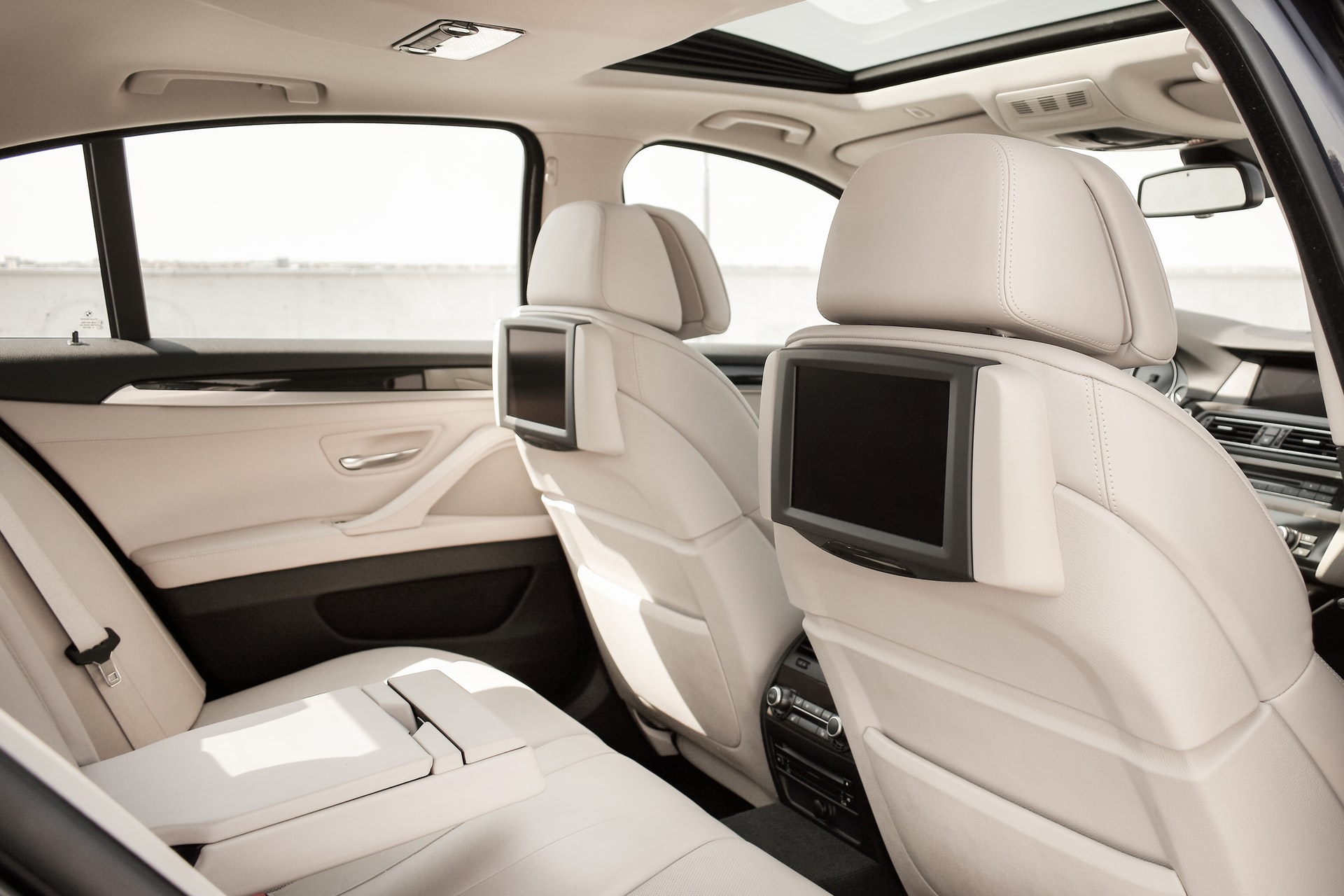What Developments in Automotive Interiors Could Enhance Your Ride?
From Tesla’s signature tinted glass roof to Hyundai’s push to eliminate focus on front-end grilles, car exteriors usually get the most attention in automotive design. However, many exciting developments are transforming the way cars feel, look, and function on the inside. If you’re curious about what comforts you can come to expect as a driver, here’s a peek at five emerging automotive interior design trends in 2022.
Vegan Leather Interiors
Imitation leather is nothing new in the world of auto interiors, but consumers can expect to see many manufacturers rebrand this concept as “vegan leather.” Motivated by the increasing demand for eco-friendly and harm-free materials, vegan leather is a perfect match for the growing slate of EV options designed to help minimize environmental damage.
So how are these materials different from the synthetic leathers used in the past? Apart from a wide swath of color and texture options, automotive vegan leather may not be made from petroleum-based plastics. Instead, these materials may be crafted from mushrooms or recycled materials for a greener impact.
Head-Up Displays
In the past decade, drivers and passengers have become rapidly accustomed to visually-enhanced touchscreens in cars. Despite the convenience of these features—such as their ability to streamline Apple’s CarPlay technology—touch screens aren’t always ideal for driver viewing.
Head-up displays, or HUDs, aim to answer this concern by projecting visuals onto the windshield so that drivers can see information without having to take their eyes off the road. While HUDs vary across manufacturers, they typically display data related to speed, system warnings, turn-by-turn directions, and live traffic details.
HUDs are quickly being implemented across the auto industry and can now be experienced in select models produced by Jeep, Toyota, Audi, Mercedes, and more.
Next-Level Floor Protection
If you’re a rideshare driver, you know the struggle behind keeping your floors spotless. Traditional floor mats and floorliners are always solid solutions to defend interiors from stains, spills, and other debris brought in by passengers. However, this product category continues to evolve offering motorists a wide array of floor protection options.
For example, injection molding has allowed manufacturers and aftermarket producers to create perfect-fit floorliners that seamlessly snap into place to provide full coverage. Other products to look for include those with odorless components, 3-D contouring to improve comfort and traction, or channels that carry liquids into an isolated reservoir.
Reimagined Shifters
Automakers across the board are becoming more inventive with their gearshift designs—especially in luxury models.
One standout enhancement is found in the Polestar 1, which features a handmade glass-blown crystal shifter that’s designed to resist wear and imperfections. The fully-electric Genesis GV60 makes a show out of its crystal sphere shifter, which upon activation, flips around and turns into a dial that motorists use to change gears. The 2022 Range Rover takes a more subtle approach by allowing drivers a variety of interior customization options—including white ceramic shifters.
Ambient Lighting
Ambient interior lighting has long been a popular aftermarket upgrade for car enthusiasts but now the trend has cemented its place in factory-produced vehicles. Today, ambient lighting is a feature available in newer models such as the Mustang Mach-E, Mercedes-Benz S 580, Jeep’s Grand Waggoneer, Kia Soul, and Hyundai Sonata.
This enhancement is made possible by LED bulbs, which are incredibly energy-efficient, customizable, and long-lasting. Most vehicles with the feature allow users to switch up the colors according to their preferences. The 2022 Cadillac Escalade, for instance, offers 26 color options with its ambient interior lighting.
Apart from looking cool, this feature can help boost the mood of those in the cabin, as well as help fight fatigue. The subtle illumination can also make it easier to find one’s way around the car—such as when looking for buttons or seat features.
Although some of these trends may seem gimmicky, one conclusion is certain: the look of automotive interiors is quickly changing. Fortunately, you don’t necessarily have to go out and purchase a new vehicle to enjoy an upgraded cabin.
With a little automotive know-how—or help from a specialist—you can install a variety of aftermarket solutions for interiors, such as ambient lighting, touchscreen replacement, custom upholstery, panoramic sunroof installation, and pedals optimized for better comfort and control. If you want to transform your car’s interior, start comparing the latest options available and focus on those that look the most valuable for your driving experience.

